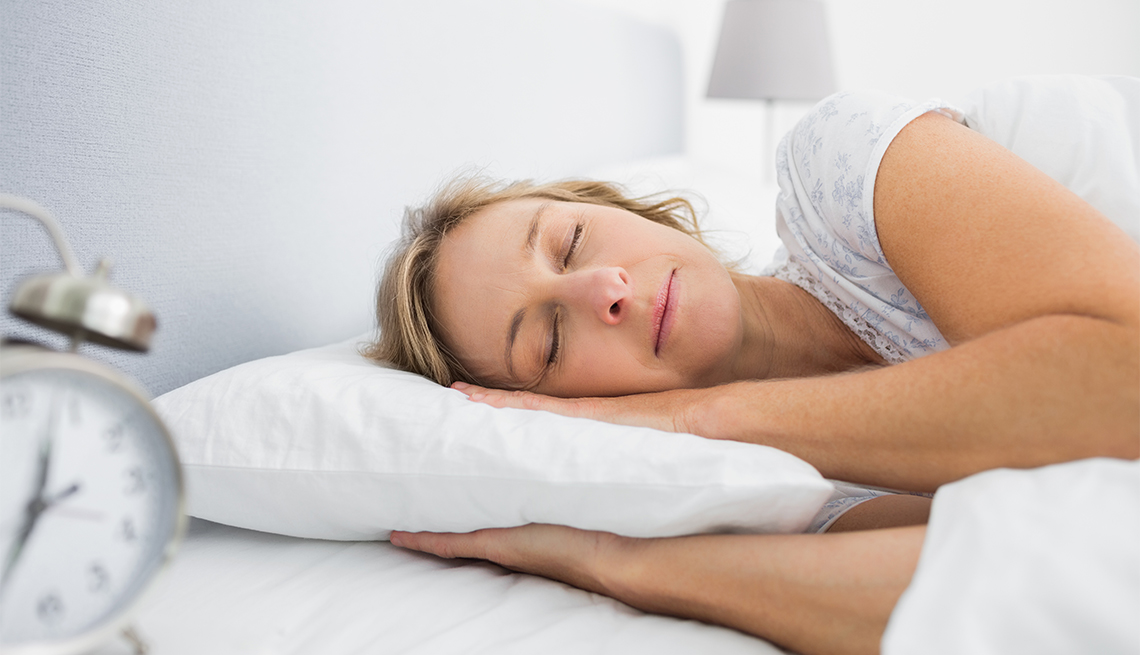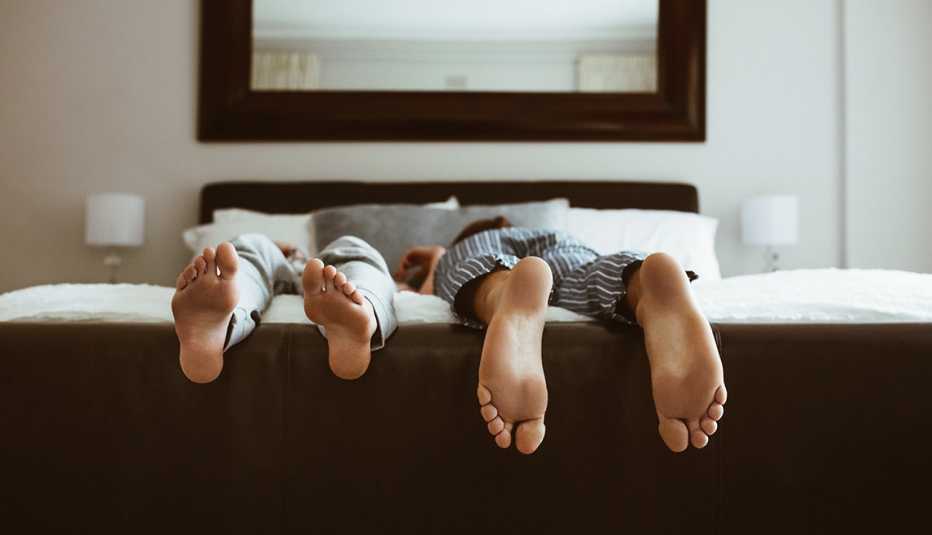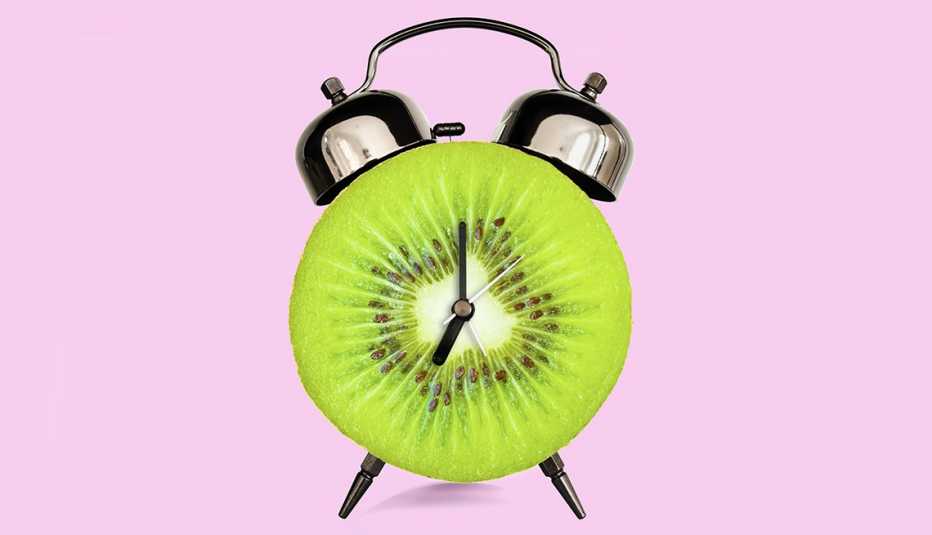Staying Fit
Blake Brossman spent a month testing pillows before he found the right fit.
The 50-year-old CEO used to sleep just three or four hours a night, leaving him sluggish and not at his best for managing his business. Then, he found a memory foam contour pillow.


AARP Membership— $12 for your first year when you sign up for Automatic Renewal
Get instant access to members-only products and hundreds of discounts, a free second membership, and a subscription to AARP the Magazine.
“As soon as I use that pillow, I feel like I have entered the dreamworld and all my worries are out the window; then I go to sleep extremely quickly and I sleep like a baby,” says Brossman, of Lynbrook, New York. Now he clocks nine hours of sleep each night.
Your pillow, experts say, is just as important to your health and sleep quality as your mattress. It provides comfort and keeps your head, neck and spine aligned to reduce stress that can cause pain and disrupt sleep.
“Finding the right pillow can often mean the difference between restless sleep and a restful night, or not having neck or back pain when you wake up,” says Sudha Tallavajhula, M.D., medical director of the Neurological Sleep Medicine Center in Houston. Inadequate sleep can affect mood, cognitive skills and metabolism and can lead to diabetes, high blood pressure and heart disease.
Furthermore, studies have found a link between the loss of muscle mass in older adults and poor or disrupted sleep, while menopausal and postmenopausal women who experience hot flashes may benefit from a cooler sleep surface, notes Michael Breus, a sleep expert and clinical psychologist based in Manhattan Beach, California.
Pillow prices start as low as $4 and can reach $400. Generally speaking, the bigger the pillow, the higher the cost, with price also being affected by pillow type, material and brand. Specialty and luxury pillows tend to be pricier. Polyester and polyfoam models are less expensive.
So finding the perfect pillow goes beyond bedroom décor — it could be the difference between tossing all night and getting the rest you need.
Find the right pillow — for you
There is no one-size-fits-all pillow. Once you start looking, you’ll find a wide range of options for style, shape, size and material — from traditional feather pillows to state-of-the-art models embedded with sensors and cooling technology.
So how to choose? Sleep experts recommend testing several types of pillows, whether that means lying down in the store or bringing them home to try. Look for stores that invite customers to stretch out with their pillows or companies offering a trial period (some are 100 nights or longer) and easy return policy.
When searching for a pillow, sleep experts suggest asking yourself a few questions:
- Do you prefer a soft or firm pillow?
- What is your starting sleep position? This helps determine the type and height of a pillow.
- Do you tend to get hot or sweat while sleeping, or do you have allergies? This may determine the best material for your pillow stuffing and cover.
After answering these questions, a few tips may help you find a pillow:
Determine what kind of sleeper you are
Typically, the more you weigh, the more support you need. How you sleep also can also influence the type of pillow that will deliver the best rest.






































































